Extensor Carpi radialis longus muscle
The extensor carpi radialis longus muscle is one of the forearm muscles that is located on the lateral (outer) side of the forearm. It originates from the lateral epicondyle of the humerus and the supinator crest of the ulna, and inserts onto the base of the second metacarpal bone.
The main function of the extensor carpi radialis longus muscle is to extend and abduct the wrist joint. It also assists in the extension of the elbow joint.
This muscle is innervated by the radial nerve, which is a nerve that originates from the brachial plexus and supplies motor and sensory functions to the forearm and hand.
The extensor carpi radialis longus muscle is commonly involved in overuse injuries such as tennis elbow, which is a condition that causes pain and inflammation in the outer part of the elbow. It can also be injured during trauma, such as a fall or direct blow to the forearm.
Table of Contents
Description
Extensor carpi radialis longus is a muscle that can be present on the posterior side of the forearm. It is partly overlay by brachioradialis and these muscles frequently blend together. As its name suggests it is a wrist extensor and may be palpated anteroposteriorly to the elbow.
Origin of Extensor Carpi radialis longus muscle
Extensor carpi radialis longus muscle originates from the anterior lower 3rd of the lateral supracondylar ridge of the humerus and adjacent intermuscular septum. Traditionally, there can be an attachment to the lateral epicondyle by the usual extensor tendon.
Insertion
Its tendon travels down the forearm, passing through a groove between the brachioradialis and the extensor carpi radialis brevis muscles, and then inserts on the base of the second metacarpal bone in the hand.
More specifically, the insertion of the extensor carpi radialis longus muscle is on the dorsal surface of the base of the second metacarpal bone, which is located at the base of the index finger.
Innervation
Radial nerve (root C6 and C7) from the posterior cord of the brachial plexus.
Blood supply
Radial artery
Function of Extensor Carpi radialis longus muscle
- Extensor carpi radialis longus combined with extensor carpi radialis brevis begin wrist extension and abduction (radial deviation).
- Furthermore, the extensor carpi radialis longus may also help in the flexion of the elbow joint and is active at the time of fist clenching.
Embryology
- The forearm muscles aries in the dorsolateral somite cells that form muscles after they wander to the limb at estimated the 4th week of development.
- As the limb buds lengthen, the muscles start to divide into separate functional groups, namely the flexors, and extensors.
- The anterior and posterior pattern of the hands develops by a sonic hedgehog protein, which gets secreted from the zone of polarizing activity.
Clinical Relevance
- Extensor carpi radialis longus is one of 3 important wrist extensors.
- It is most useful as a wrist extensor when the elbow is straightened and when the radial deviation is balanced by the initial ulnar deviator- extensor carpi ulnaris.
- Occupationally, the wrist extensors work powerfully in the motion of gripping, together with the extensor carpi ulnaris.
- By putting the wrist in a straightened position, flexion of the wrist under the action of flexors digitorum superficialis and profundus is secured, with the outcome that these muscles act on the digits.
- If the wrist is then permitted to flex the flexor tendons may not shorten sufficiently to create effective motion at the interphalangeal joints.
- This, therefore, becomes a state of active shortage.
- Radial nerve injury tends to paralysis of the wrist extensors.
- This tends to reduce grip strength.
- Although, with the wrist splinted in extension, the tendons of flexors digitorum superficialis, and profundus act on the fingers, and a functional grip may be obtained.
- Intersection Syndrome is one type of bursitis that takes place at the place where the abductor pollicis longus and extensor pollicis brevis tendons cross over the extensor carpi radialis tendons proximal to the extensor retinaculum.
- This can be because of friction at this site of crossing or it can happen from tenosynovitis of the 2 extensor tendons within their synovial sheath.
- This tends to tenderness, swelling, and crepitus and may be confused with de Quervain’s syndrome.
- This condition is frequently seen in rowers, but also in canoeists and racket sportsmen.
Muscles
- The extensor carpi radialis longus is another extensor of the forearm situated in the outer layer of the posterior compartment of the hand.
- It shares this portion with the other muscles such as the brachioradialis, the extensor carpi ulnaris, the extensor carpi radialis brevis, the extensor digitorum, and the extensor digiti minimi.
- These all allocate a general origin on the lateral epicondyle via the usual extensor tendon.
- As all of these muscles around their lower insertion sites, they are secured by the extensor retinaculum.
Physiologic Variants of Extensor Carpi radialis longus
- It may potentially prolong the symptoms of extensor carpi ulnaris syndrome, improves the risk of tendinopathy and dislocation of the muscle, and functionally limit the wrist and the digit.
- There are 3 differences in accessory slip, types A, B, and C.
- Type A has been the most usually identified and inserted into the base of the metacarpal.
- Type B inserts onto the midshaft of the 5th metacarpal, and Type C inserts onto the 5th metacarpal head.
- It is an accessory digiti minimi functionally that comes from the extensor carpi ulnaris.
Surgical Considerations
- The anatomic situation of the extensor carpi radialis longus is important in a variety of orthopedic procedures, involving those operations at the level of the distal humerus, elbow joint, forearm, and wrist.
- For example, at the time of the open reduction surgery and internal fixation of the olecranon and proximal ulnar fractures, the extensor carpi radialis longus is known based on its true fibers on the lateral epicondyle and dorsal aspect of the ulna and can require to be manipulated to identify the components of the fracture.
- One of the injuries that can need surgical intervention is the subluxation of the extensor carpi ulnaris.
- It more often happens in sports people subject to often, forceful wrist rotation than in the usual people.
- This injury most usually happens in sports namely tennis, golf, and water polo.
- The dislocation is the most common with the supination of the forearm mainly due to a torn fibro-osseous sub sheath that bound the tendon.
- This sheath is a part of the 6th compartment of the extensor retinaculum that anchors to the distal ulna.
- A person with this injury frequently describes a painful snap at the dorsal-ulnar aspect of the wrist.
- There is some debate concerning the treatment of this injury.
- Although, surgical repair of the fibro-osseous sheath is effective.
- For the radial rupture of the fibro-osseous sheath securing the tendon, the patients may be effectively treated through direct suturing of the sheath over the tendon.
- For the radial rupture of the sheath, patients go for a reconstruction of the sheath with the existing extensor retinaculum.
- Upon successfully completing this surgery, patients may back to their previous level of functioning in their respective sports without pain or recurrent dislocation.
Exercises of Extensor Carpi radialis longus muscle
Reverse wrist curls with dumbbells
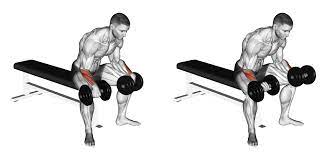
- Start with sitting on a flat bench, and leaning forward.
- Grasp a weight with an overhand grip (in the essence of palms down) and rest the forearms on either the bench or the knees.
- Using the wrists in the essence of wrist motion alone, curl the weight upward, exhaling throughout the motion.
- Repeat this movement 10 times as desired.
- Slowly lower the weight as low as is comfortable, inhaling throughout the motion.
The Wrist Extensor Stretch

- It is a great exercise to prevent injuries to the extensor carpi radialis longus muscle.
- It is also suggested in the standard treatment of tennis elbow and lateral epicondylitis.
- To perform the stretch, hold out one hand straight and use the opposite hand to give gentle pressure and bend the wrist down so that the fingers point to the ground.
- Hold the stretch for 10 seconds.
Instead of the opposite hand, a person may use a wall to give pressure. In that case, both hands may be stretched simultaneously. This exercise must be done on a daily base when doing long hours of steady activity involving the muscle.
Strengthening exercise of Extensor Carpi radialis longus muscle
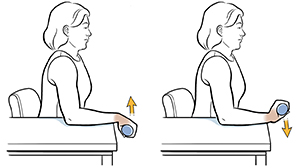
- For strengthening the wrist muscles, the Wrist Extension exercise may be done using an exercise band.
- It is useful for rehabilitating wrist, elbow, and forearm injuries.
- Put the arm on a bench or table, with palm down and holding an exercise band.
- Gently pull back the wrist to create tension in the band.
- Repeat 5 times and back to the initial position.
- This may also be done with a dumbbell instead of a resistance band.
FAQ
non-surgical treatment options are rest, immobilizing the wrist with a splint, applying ice, and taking pain relieving medicine such as non-steroidal anti-inflammatory medication (ibuprofen or naproxen). Golfers with this injury can avoid forceful, repetitive, or sustained thumb movement away from the hand.
Extensor carpi radialis longus initially acts on the wrist joint to create 2 major actions:
Wrist extension by working reciprocally with extensor carpi radialis brevis and extensor carpi ulnaris.
Hand abduction (radial deviation), by taking the help of flexor carpi radialis.
In the human body, the extensor carpi radialis brevis is a muscle in the forearm that acts to extend and abduct the wrist. It is shorter and thicker than its name suggests extensor carpi radialis longus which may be found above the proximal end of the extensor carpi radialis brevis.
Tennis Elbow, also identify as lateral epicondylitis, is a condition that may develop when a person overuse the muscles and tendons in the forearm. This condition may cause pain and a burning sensation in the elbow and arm.
Rest: Avoid the activity that irritated the tendons.
Ice: Apply a cold compress to the hand or foot for 10 minutes at a time, 5 times a day.
Compression: A person may muffle the painful area in an elastic bandage to help decrease swelling.

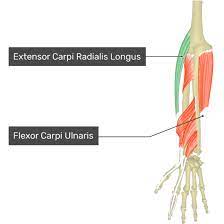
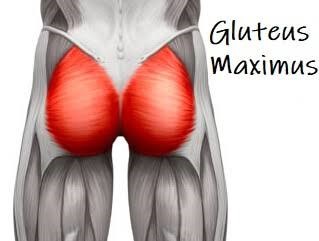
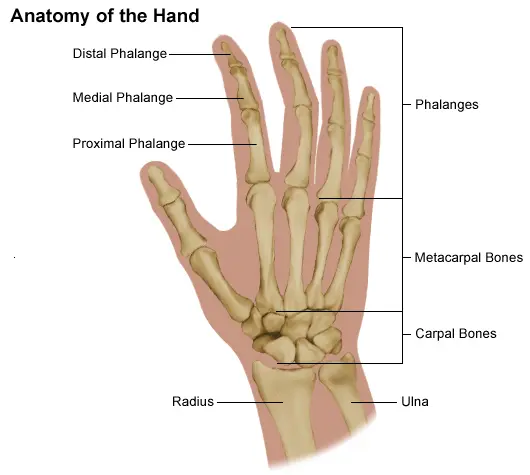
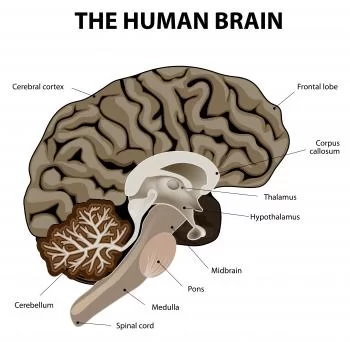
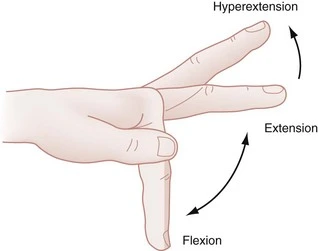
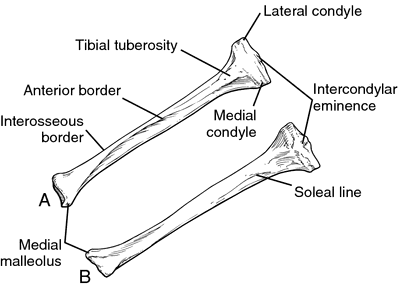
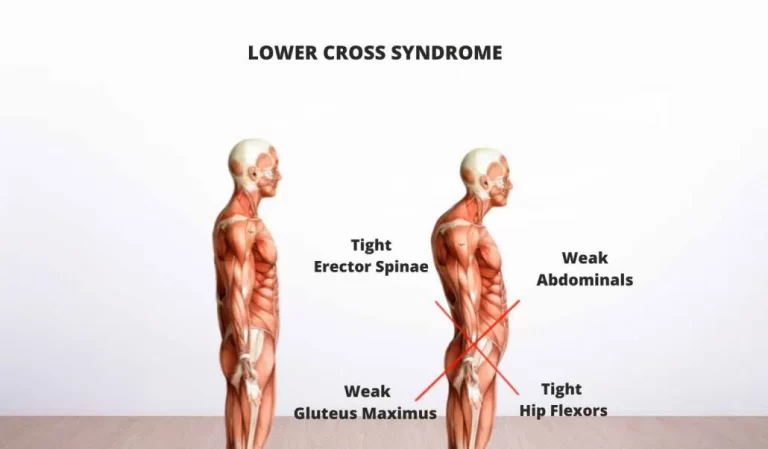
4 Comments